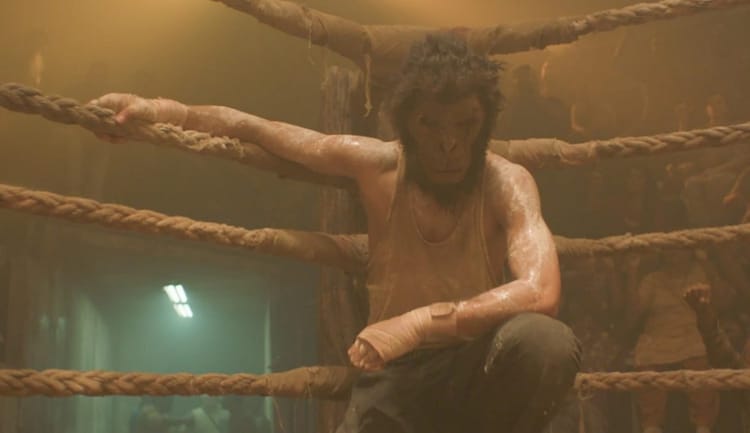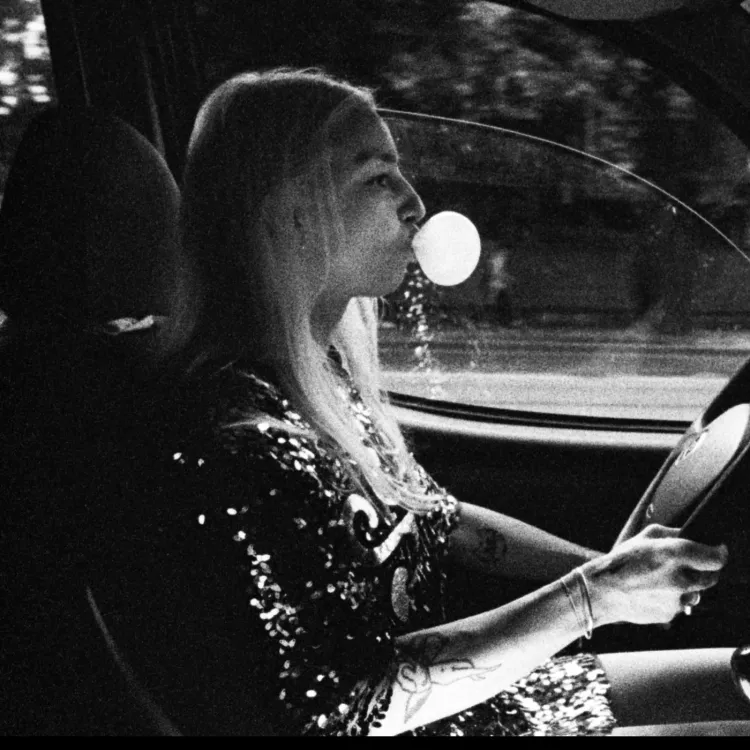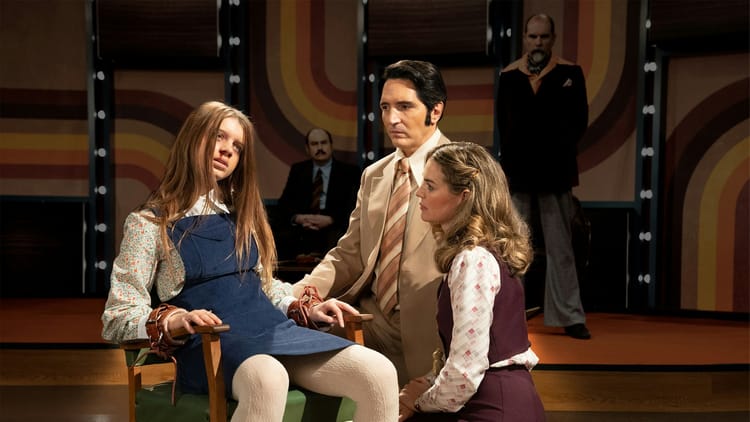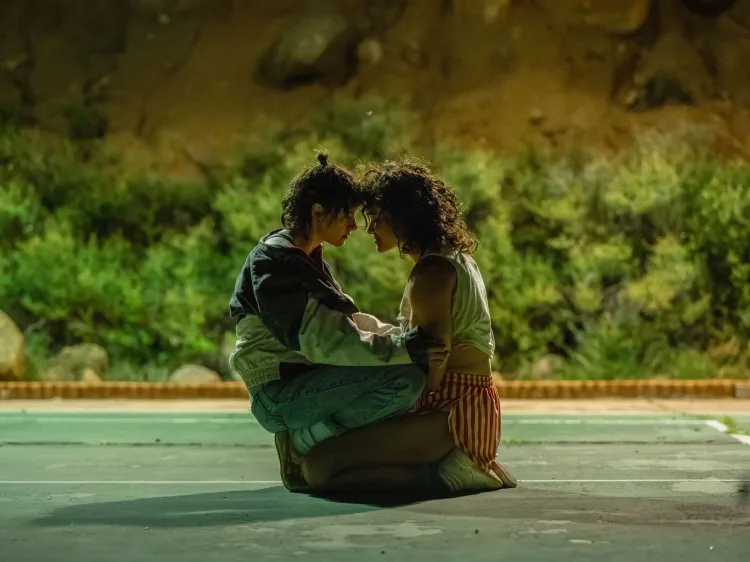Werewolf By Night
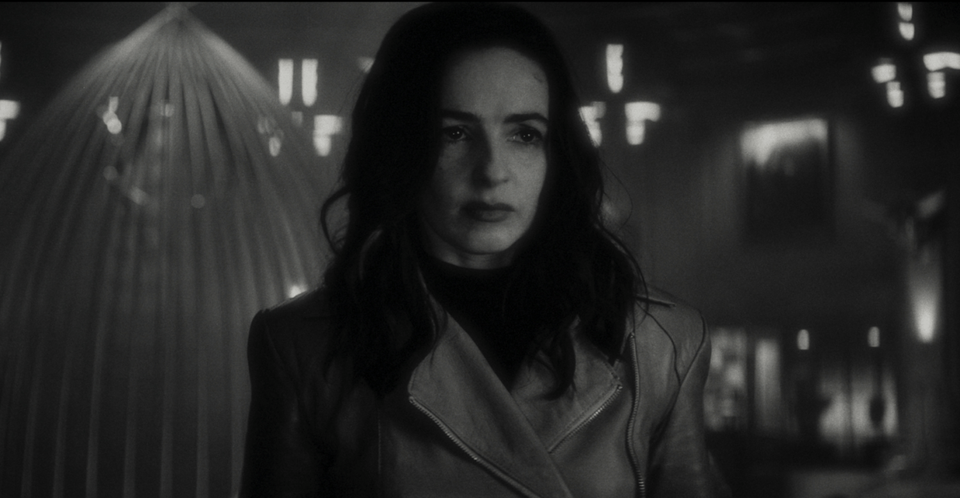
After hundreds of hours of content, it’s understandable that Marvel, if it wants to keep its profits up, needs to start scraping the bottom of the barrel to find its next big characters. We’re far beyond the point where the first “Iron Man” in 2008 was considered a risky venture. At this point, not making three movies a year is the riskier move for Disney’s investors.
But to continue this Herculean task, Kevin Feige, lead producer of the Marvel Cinematic Universe, has dug deep into the vault: in the last year, we had “The Eternals,” a stretch for even the comic book readers, “Hawkeye,” a TV show for everyone’s least favorite Avenger, and “Moon Knight,” a bonafide C-list character with a truly dastardly British accent. But that’s not all, because it seems Marvel’s future trajectory depends on their side characters: War Machine’s TV show “Armor Wars” has been bumped up into a feature film, and “Thunderbolts,” a team literally composed of side characters from across the MCU, has been announced for 2024. Every character, big or small, is getting their time in the sun which in theory should lead to some pretty diverse narratives.
Marvel has become totally risk-averse, pumping out movies at a stupefying rate without altering the formula. Each of these stories feels exactly the same. People like me have been clamoring for Marvel to try something different, to toy with genre or form, a dream briefly fulfilled by the early episodes of “Wandavision” before it came crashing down with its bloated action-centric finale. Then “The Falcon and The Winter Soldier” doubled down on the stale storytelling we have become accustomed to – this new opiate of the masses.
That’s why the announcement last month at D23 was a shock to many. Marvel was breaking its code in two ways: firstly, it was announcing a product a month before it was due, unheard of in its usual five-year-plan. And secondly, it was going to be something different. Or at the very least, it would look different. Because for Halloween, Kevin Feige and company teased some brand new black-and-white footage of everyone’s favorite Marvel character. Yes, you guessed it right. They listened to the fans and obeyed: They made “Werewolf By Night.”
On paper, the choice to adapt “Werewolf By Night” bears many similarities to Sony’s mega-hit, “Morbius,” from earlier this year. They’re both characters unknown to the general public; they’re both derived from much more famous monsters, your commonplace werewolf and vampire; and neither of them has had much success in the comic book pages. The last time “Werewolf by Night” had a series go past issue six was in 1973.
Sony bet it all on “Morbius” twice. But Feige and his team are too savvy for that. Because “Werewolf By Night” is not a new MCU movie. Nor is it a TV show. It’s the first ever Marvel Studios Special Presentation. That’s corporate code for “We’re going to try and see if people like this format, and if they don’t, we can scrap it without losing a ton of money.”
But is “Werewolf By Night” really worth all the fretting? Is it as risky as they think? What about it is even that different?
For one, it’s an hour long. Most Marvel content is either way under or way over that. It’s neither a movie nor a TV show. And, perhaps because of that, it is one of the most efficient MCU stories yet. It doesn’t have the usual fourth episode drag of their TV shows, nor does it have the bogged-down third act of its movies. It follows its own pace, which is perhaps not its own but that of its non-Marvel spiritual predecessors.
“Werewolf By Night” is firmly an homage to old-school horror, with its shadowy transformations, its flickering lights, and its black-and-white color grading. It’s not enough to actually scare anyone, but it does have some quick thrills and little frights, unusual in the MCU. In particular, the grotesque transformation into the werewolf is a highlight in the Special, as director Michael Giacchino uses shadows and gasps of horror instead of CGI to portray the painful mutation.
Giacchino may be a name familiar to you if you frequent IMDb. Giacchino is known better as a composer, having done the music for Pixar’s “Up,” the “Star Trek” reboot, “Rogue One: A Star Wars Story,” and most recently, “The Batman.” He’s not directed anything longer than a short film before, which perhaps lends him a new hybrid perspective on this old-fashioned business of movie making. The music in “Werewolf by Night” is probably the MCU’s most evocative yet, because it ties directly into the film’s tension and pacing. It’s clear we’re listening to a seasoned pro.
But still, Giacchino doesn’t quite break the mold of the MCU. There’s quips that aren’t very funny and a consistent desire to deflate the horrifying. One of the MCU’s greatest sins is its inability to allow sincere awe. A giant hand will emerge from the polar ice caps, and someone will say “Well, that happened.” “Werewolf by Night” is not free of that sin. But it is certainly more forgivable because of its braver choices.
One of those bolder choices is the film’s utilization of practical effects. The werewolf is a delight for this reason: there is still clearly a person underneath that furry suit, as it leaps around slashing with wild abandon. The filming of this particular scene is also remarkable for the MCU, with a steady camera following the action with clean choreography. There aren’t the usual frantic movements or bright laser beams that distract the viewer from the actors. We’re more grounded in its characters because of it, unlike the detached uncanny valley of the MCU’s recent CGI blunder, Thor: Love and Thunder.
Easily, the thing that makes “Werewolf by Night” stand out the most is its black-and-white color grading. It’s all part of its homage to the horror movies of yore. However, it doesn’t do much more than that. It makes the shadows pop, which adds to the spookiness of some scenes. But there’s more to the old-school movies than their color. The types of shots Giacchino opts for in this Special lean closer to the standard MCU fare, with few experiments on how to frame a shot. When the team imagines and conjures exciting visuals, it’s a treat. In those moments, it feels like the black-and-white schtick is worth it. I wish I could say that’s the case throughout this Marvel Studios Special Presentation.
The few daring moves in “Werewolf by Night” raise a problem for me as a reviewer: does being incrementally better than Marvel’s other mediocre content actually make the Special good? It’s certainly fun. It’s not going to blow you out of the water. It’s an easy night-in if you’re not sure what else to put on. It’s probably slightly better than you’d expect, and it’s likely you’ll have a good time. And at this point for the MCU? That’s a huge accomplishment.
---
This article first appeared in F News Magazine, edited by Sid Gard.
